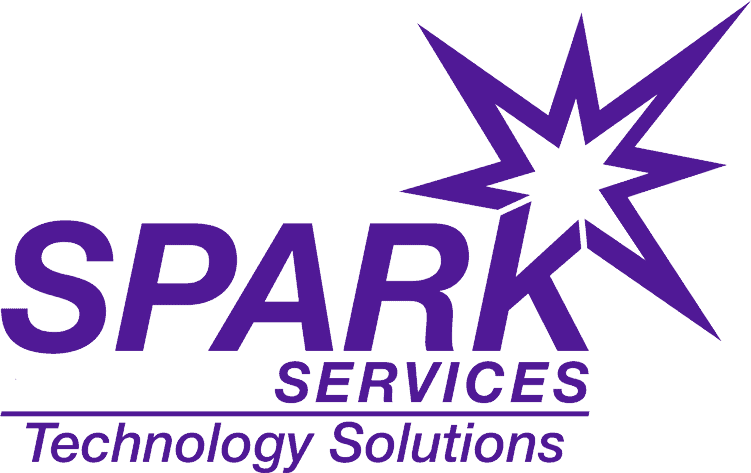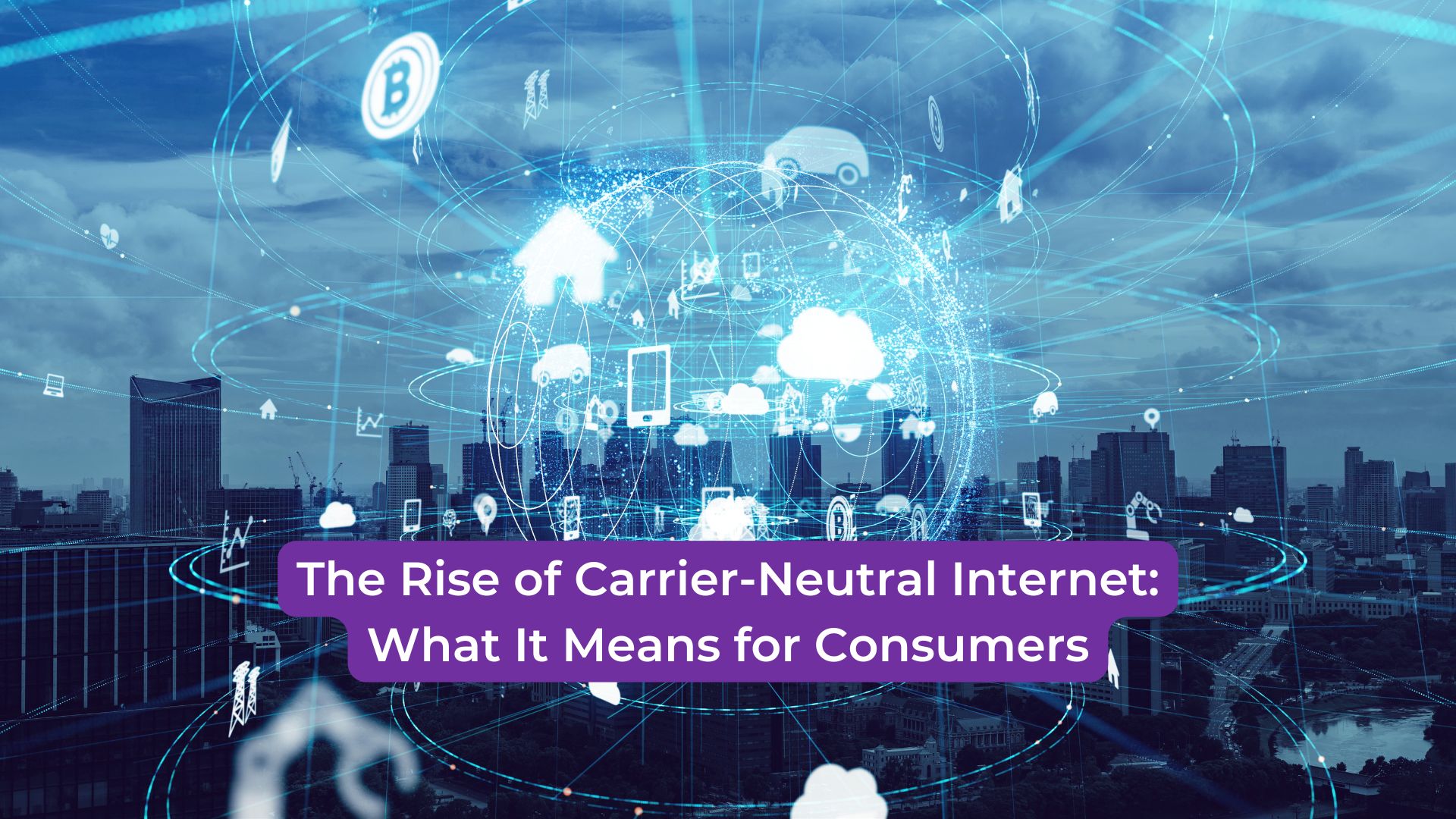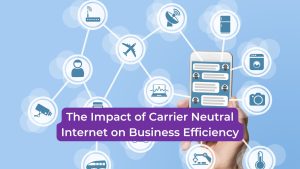For years, internet connectivity options were limited by geography and locked contracts with single providers. But things are rapidly changing with the rise of Carrier-Neutral Internet, an approach that gives consumers freedom, flexibility, and improved performance.
As demand for high-speed, low-latency connections grows, more businesses and households are recognizing the benefits of this innovative model.
What Is Carrier-Neutral Internet?
Carrier-Neutral Internet refers to facilities, often data centres or exchange points where multiple internet service providers (ISPs) coexist and offer services without exclusivity. Instead of being tied to one provider, consumers and businesses can choose from a range of ISPs, compare plans, and switch without physical infrastructure changes.
This open marketplace approach gives users greater control over speed, pricing, and redundancy. It’s similar to how consumers shop for mobile phone plans but applied to the backbone of internet connectivity.
Why Carrier-Neutral Internet Matters
In traditional settings, an ISP owns the infrastructure and limits your options. You’re locked into a single provider, which can mean higher prices, slower speeds, and minimal flexibility. By contrast, Carrier-Neutral Internet removes these restrictions, allowing competition to thrive.
Key benefits include:
- Choice and Flexibility: Consumers can select ISPs based on their specific needs, whether that’s speed, cost, or uptime guarantees.
- Redundancy and Reliability: With multiple carriers available, it’s easier to create backup connections for critical applications.
- Competitive Pricing: ISPs compete for customers, driving down prices and improving service quality.
The Consumer Benefits of Carrier-Neutral Internet
The biggest winner in the Carrier-Neutral Internet model is the end user. Consumers gain a stronger negotiating position and more transparency. For example, if one provider experiences outages or price hikes, it’s far easier to switch to another without disrupting service.
Another advantage is faster adoption of new technologies. Carrier-neutral facilities are often hubs of innovation think fiber upgrades, new peering arrangements, and edge computing so consumers gain access to the latest high-speed networks sooner.
For small businesses, this model can be transformative. Rather than spending weeks coordinating with a single provider, businesses can plug into a facility where multiple ISPs compete for their business. This improves resilience and helps them scale faster.
Carrier-Neutral Internet and the Growth of Edge Computing
As edge computing expands placing data closer to end-users to reduce latency the demand for Carrier-Neutral Internet is skyrocketing. These neutral hubs provide the ideal environment for edge deployments, content delivery networks (CDNs), and high-speed cloud services.
Consumers may not see the infrastructure, but they benefit directly: faster load times, more reliable streaming, and better performance from cloud-based apps and IoT devices.
Potential Challenges for Consumers
While Carrier-Neutral Internet offers major advantages, consumers should be aware of some challenges. Not all regions have carrier-neutral facilities yet, meaning availability may be limited outside urban centers.
Additionally, choosing among multiple ISPs can feel overwhelming without guidance or expertise.
However, as the model matures, more standardized processes and transparent pricing are emerging. This is making it easier for consumers to evaluate options without technical expertise.
The Future of Carrier-Neutral Internet
The rise of Carrier-Neutral Internet is not just a passing trend; it represents a fundamental shift in how connectivity is delivered. Analysts predict continued growth as demand for bandwidth and redundancy increases.
More governments and industry groups are also promoting neutrality to ensure fair competition and consumer choice.
For consumers, this means a future where internet access behaves more like a true marketplace—more choices, better pricing, and faster technology adoption. This model aligns with global trends toward decentralization and democratization of digital services.
Conclusion: How SPARK Services Fits In
The shift to Carrier-Neutral Internet highlights the importance of working with providers that understand connectivity beyond a single carrier.
SPARK Services stands out in this space by offering solutions that take advantage of multiple networks, ensuring optimal speed, uptime, and scalability.
Whether you’re a business looking to secure redundant connections or a consumer seeking better service at a lower price, SPARK Services can guide you through the carrier-neutral landscape.
By combining expertise with a commitment to customer choice, SPARK Services helps you unlock the full potential of the modern internet.




